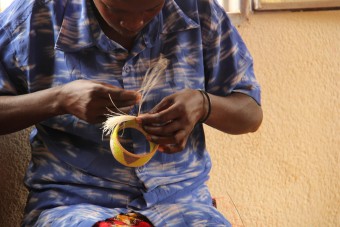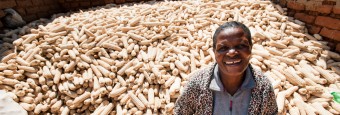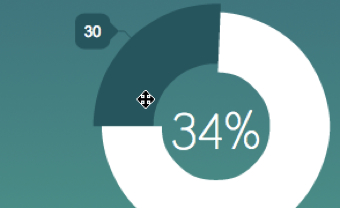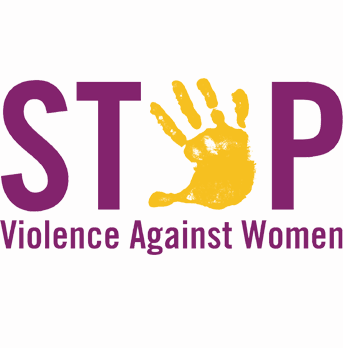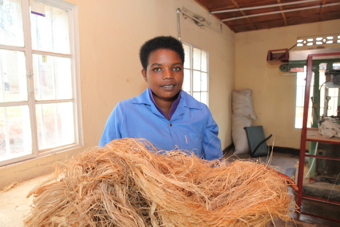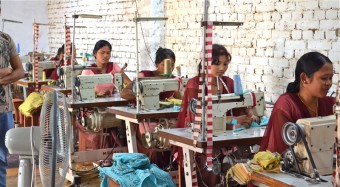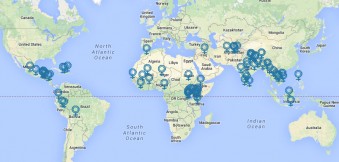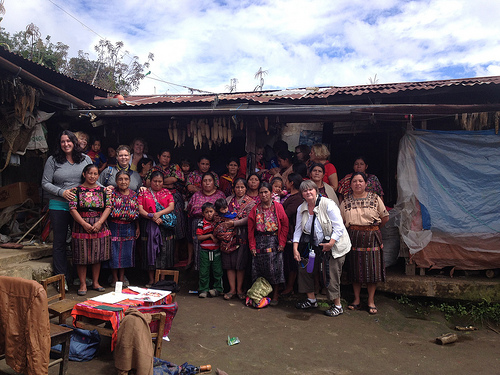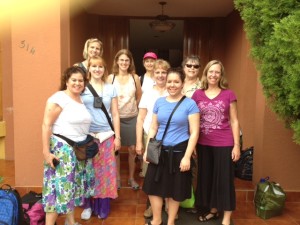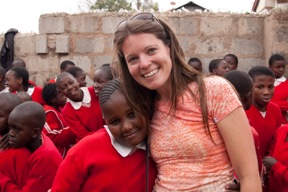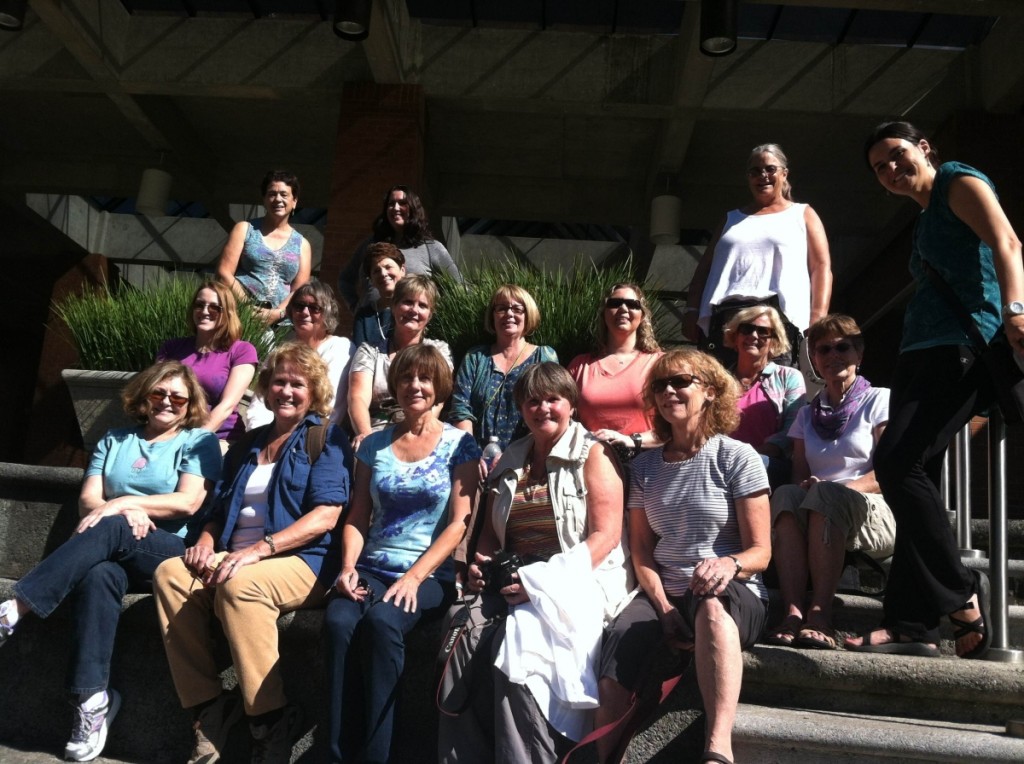
The Guatemala travelers: Front row L to R- Colleen Blanchfield( Detroit, MI) Sheila Cook (Columbia, SC) Sue Garcia (Erie, CO), Karen Rawley (Weavers Way, PA), Lynn McClenahan (Portland, OR).
Middle Row (L-R): Lauren McCarthy (Minneapolis, MN), Sue Fernbach (Asheville, NC) , Cindy Badocious (OH), Meg Sears (Bowling Green, OH), Cristina Ramey (Atlanta, GA), Rosemary McGee (Abbington, PA), Caarol Huckabee (Danbury, CT), Kira Walker (Atlanta, GA- trip leader). Back row: Barbara Myers (Newton, CT), Stephanie Sawyer (CA), Erica Crawford (Santa Cruz, CA).
By Lauren McCarthy
Minneapolis, MN
We are all here! A few members of our group arrived early, but as of Wednesday at noon we have all made it safe and sound to Guatemala! We have had sunny and warm weather (about 75 degrees) and felt safe, although it is a bit conspicuous being with a group of 17 gringos.
After we got our luggage (and everyone’s arrived) and went through immigration and customs, we met our driver, Noah; tour leader Alfonso, and group leader Kira Walker, who were waiting for us. Details













